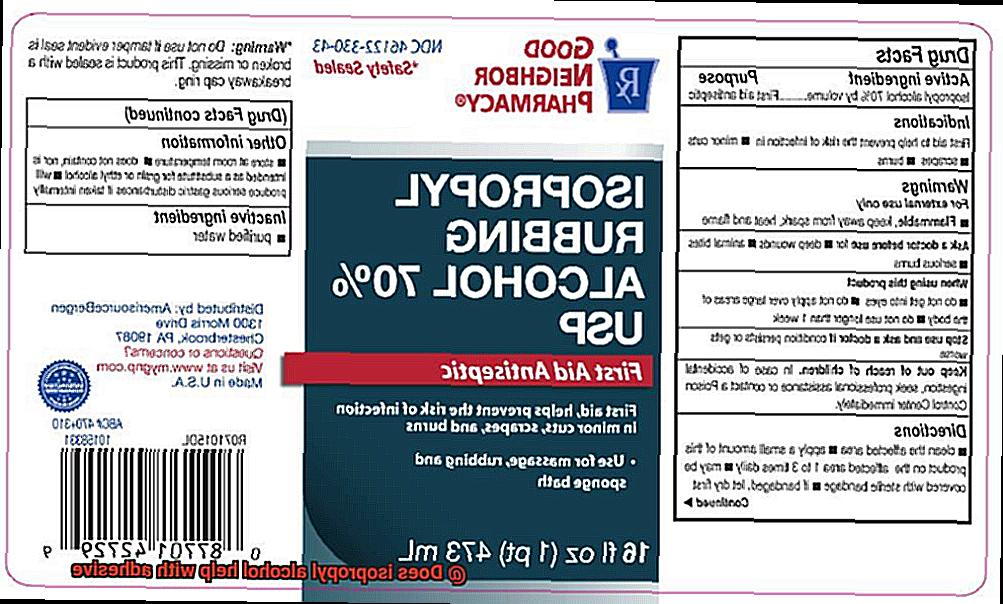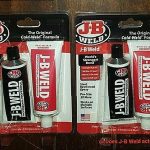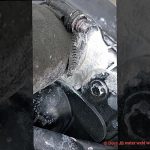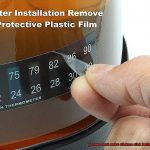Adhesive mishaps – those pesky little frustrations that can turn a perfectly good day into a sticky mess. Whether it’s a stubborn price tag clinging for dear life or a label leaving behind an infuriating residue, we’ve all been there. And so the question arises: does isopropyl alcohol truly possess the magical powers to conquer these adhesive-related headaches? In this blog post, we embark on a journey through the realm of isopropyl alcohol, separating fact from fiction and exploring practical alternatives. So grab your solvent-seeking gear and join us as we dive deep into the world of adhesives.
What is Isopropyl Alcohol Used For?
Contents
- 1 What is Isopropyl Alcohol Used For?
- 2 How Does Isopropyl Alcohol Help with Adhesives?
- 3 Benefits of Using Isopropyl Alcohol on Adhesives
- 4 How to Use Isopropyl Alcohol for Adhesive Removal
- 5 Preparing Surfaces Before Applying New Adhesives with Isopropyl Alcohol
- 6 Exercising Caution When Using Isopropyl Alcohol on Certain Surfaces
- 7 The Limitations of Using Isopropyl Alcohol on Strong or Stubborn Adhesives
- 8 Conclusion
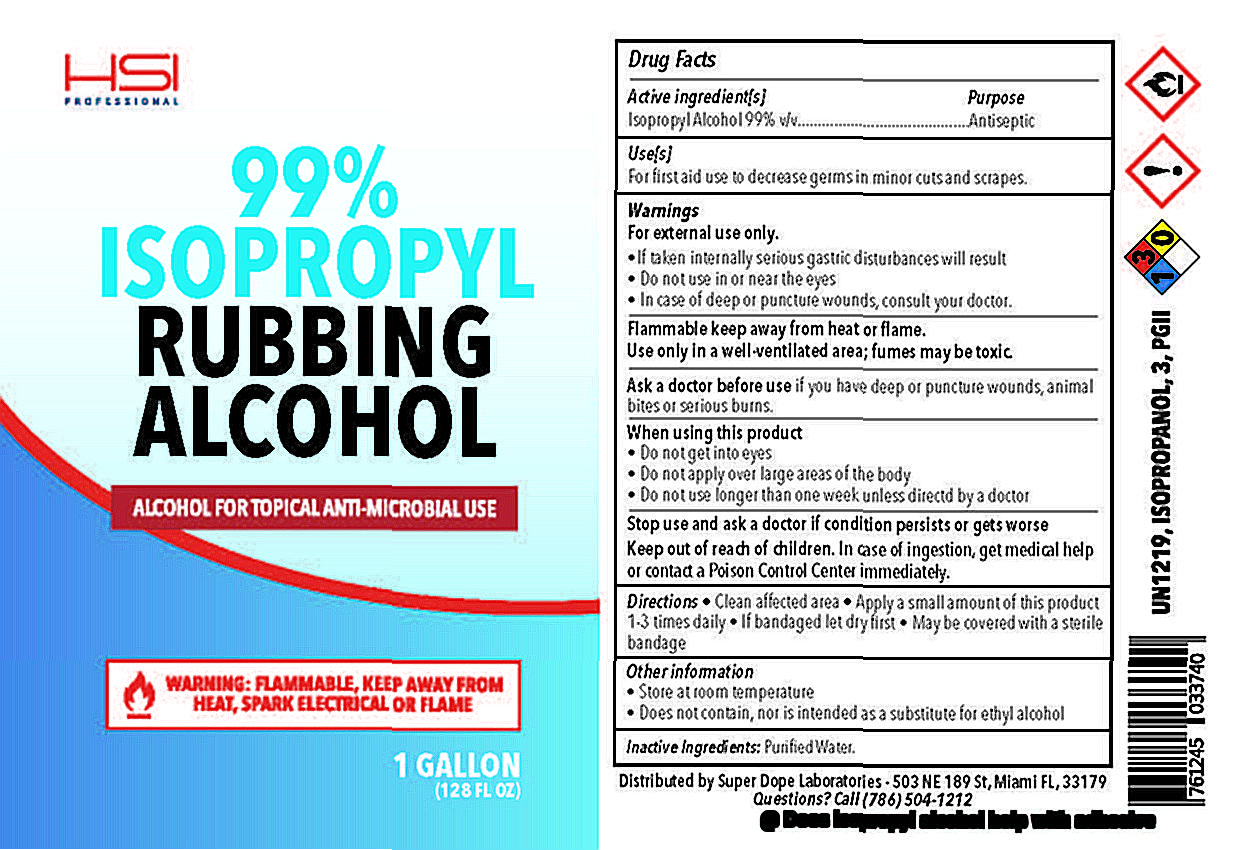
Isopropyl alcohol, commonly known as rubbing alcohol, is a chemical compound with a multitude of uses across various industries. Its remarkable ability to dissolve oils, dirt, and contaminants, coupled with its antiseptic properties, makes it an invaluable tool in cleaning, disinfection, and adhesive preparation.
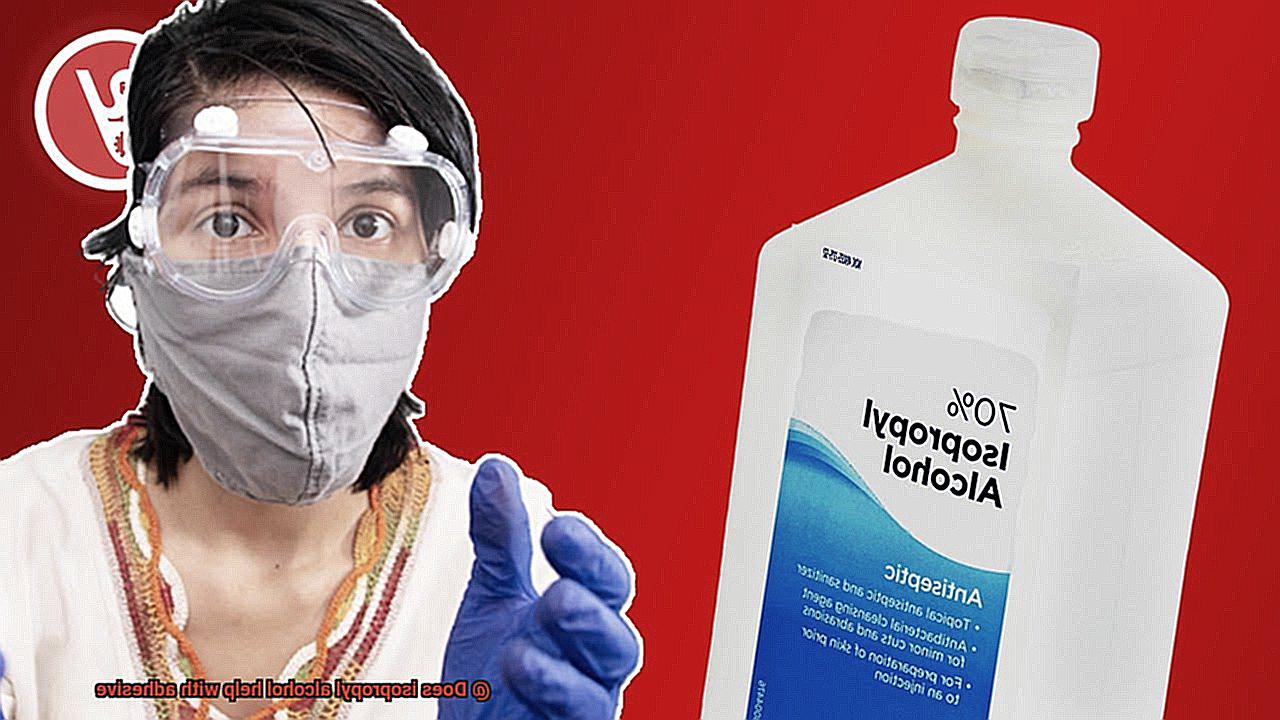
This article delves into the diverse applications of isopropyl alcohol and how it can be effectively utilized.
Cleaning and Disinfection:
Isopropyl alcohol is the go-to cleaning agent for households and businesses alike. It can be found in glass cleaners, surface disinfectants, and hand sanitizers. Its rapid evaporation ensures swift drying and streak-free results. Whether wiping down countertops or disinfecting high-touch surfaces, isopropyl alcohol proves its efficacy in maintaining cleanliness and hygiene.
Medical and Healthcare:
In the medical field, isopropyl alcohol plays a vital role as an antiseptic. It is commonly used to sterilize skin surfaces prior to injections or surgical procedures, minimizing the risk of infection. Moreover, it is instrumental in cleaning medical instruments and equipment to maintain sterility.
Electronics and Technology:
Isopropyl alcohol’s gentle yet potent cleaning properties make it a popular choice for electronics and technology maintenance. It can safely eradicate dirt, dust, and fingerprints from circuit boards, computer screens, keyboards, and other electronic devices without causing damage.
Automotive and Mechanical Industries:
The automotive industry greatly benefits from the cleaning prowess of isopropyl alcohol. It effectively cleans car parts such as carburetors, fuel injectors, and brake calipers by eliminating grime, grease, and other contaminants that impact performance. Additionally, it aids in prepping metal surfaces before applying adhesives or sealants for optimal bonding.
Personal Care Products:
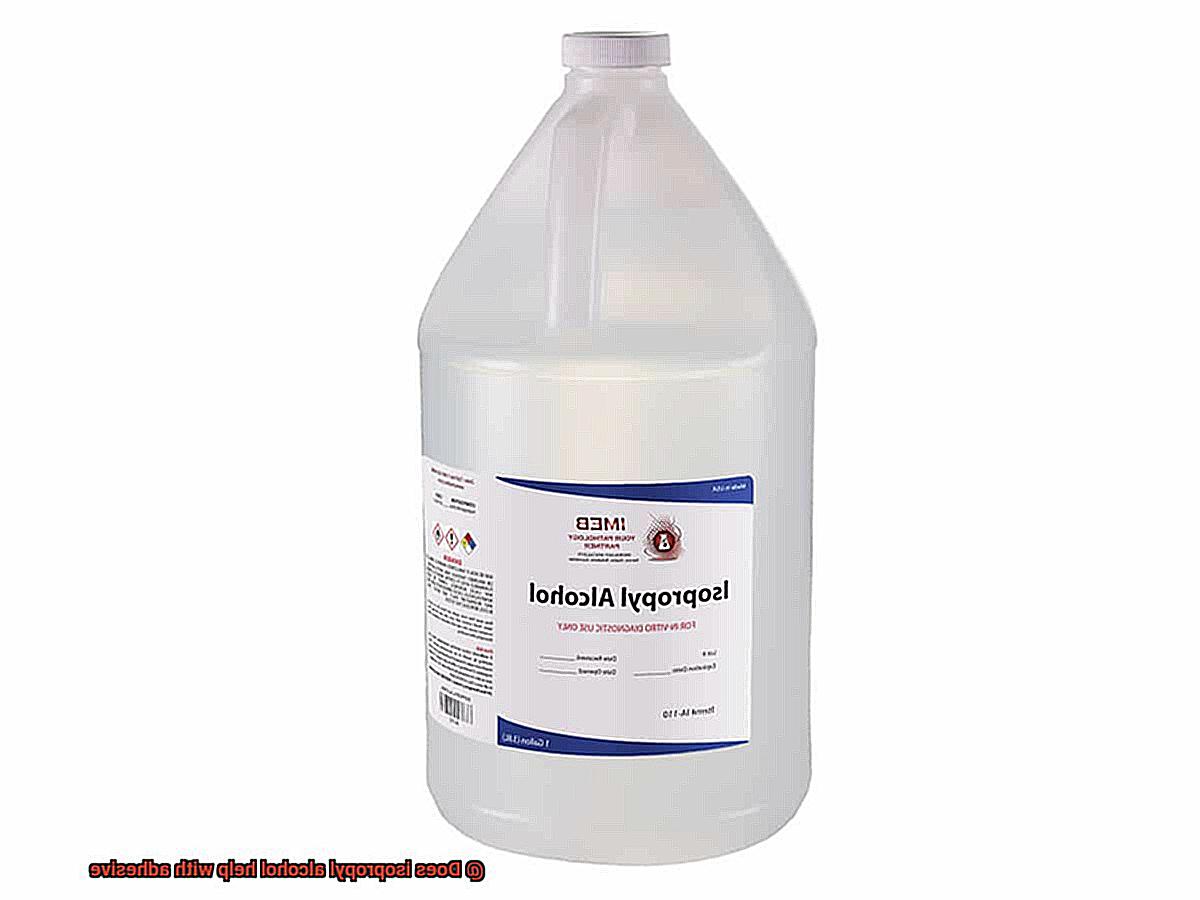
In personal care products, isopropyl alcohol acts as a solvent and aids in quick drying. It can be found in deodorants, aftershaves, and cosmetics, ensuring a pleasant user experience. However, it is important to use isopropyl alcohol in small concentrations and avoid direct application to the skin in high concentrations to prevent irritation.
Adhesive and Glue Use:
Isopropyl alcohol proves to be a valuable tool when it comes to adhesive preparation. It effectively removes adhesive residues, facilitating the replacement of labels, stickers, or tape on various surfaces. Additionally, it aids in surface preparation by eliminating oils, greases, and contaminants that may impede proper adhesion.
How Does Isopropyl Alcohol Help with Adhesives?
Surface Preparation:

Isopropyl alcohol swoops in to save the day by cleaning surfaces before adhesive application. It tackles stubborn dirt, grease, oils, and other contaminants that can sabotage adhesion. By creating a pristine surface, it ensures that the adhesive can form a strong bond with the substrate.
Promoting Adhesion:
Isopropyl alcohol’s lightning-fast evaporation is a game-changer. After cleaning the surface, it swiftly dries up, leaving behind a clean and dry canvas for the adhesive to work its magic. This is especially beneficial for adhesives with fast curing times or when dealing with porous materials that thirstily absorb moisture.
Application Assistance:
Need help taming a thick and stubborn adhesive? Fear not, for isopropyl alcohol comes to the rescue. It has the power to thin out adhesives, making them more manageable and easy to spread or brush onto surfaces. This nifty trick ensures seamless application, especially when precision is paramount.
Removing Sticky Residues:
We’ve all battled with stubborn stickers or labels that steadfastly refuse to let go without damaging the underlying surface. Enter isopropyl alcohol once again. With its solvent properties, it fearlessly dissolves and breaks down adhesive residues, making them a breeze to remove without leaving behind any sticky residue.
Important Considerations:
While isopropyl alcohol is an adhesive superhero, it’s essential to remember that not all adhesives are compatible with it. Some adhesives may be sensitive to solvents and can be weakened or damaged by its use. Always consult the manufacturer’s instructions or test a small area before incorporating isopropyl alcohol into your adhesive endeavors.
Benefits of Using Isopropyl Alcohol on Adhesives
Adhesives are a common tool in various projects, but dealing with the residue they leave behind can be frustrating. Luckily, isopropyl alcohol, also known as rubbing alcohol, is here to save the day. This superhero of adhesives offers several benefits that make it a must-have for any adhesive-related task.

First and foremost, isopropyl alcohol is a powerful solvent. It has the ability to dissolve various types of glues and sticky residues effortlessly. Whether you’re dealing with stubborn adhesive remnants on surfaces or trying to remove old glue before applying new adhesive, isopropyl alcohol can effectively tackle the job. It leaves no damage or sticky mess behind, making cleanup a breeze.
One of the standout features of isopropyl alcohol is its quick evaporation time. Unlike water or other liquids, it evaporates rapidly without leaving any moisture behind. This is crucial when working with adhesives because moisture can interfere with the bonding process. With isopropyl alcohol, there’s no need to wait for ages for your adhesive to dry properly. It speeds up the process and ensures a strong bond.
In addition to its solvent properties and fast evaporation, isopropyl alcohol also helps improve adhesion. By removing oils, dirt, and other contaminants from the surface, it creates a clean canvas for your adhesive to work its magic. This results in a stronger bond and a longer-lasting hold. Isopropyl alcohol effectively prepares surfaces for adhesive application, ensuring better adhesion and a professional finish.
Furthermore, isopropyl alcohol can be used during the application process itself. It helps remove excess adhesive, giving your project a neater appearance. Whether you’re working on crafts, DIY projects, or industrial applications, isopropyl alcohol assists in achieving precise and clean results.
Another advantage of using isopropyl alcohol on adhesives is its availability and affordability. You can easily find it at your local supermarket or drugstore. It’s a cost-effective solution that delivers exceptional results, making it a valuable addition to your adhesive toolkit.
However, it’s important to note that not all adhesives are compatible with isopropyl alcohol. Different adhesives have different chemical compositions, and some may not react well to isopropyl alcohol. Always check the manufacturer’s instructions or conduct a small test before using it on a larger scale.
How to Use Isopropyl Alcohol for Adhesive Removal
In this comprehensive guide, we will walk you through the art of using isopropyl alcohol, also known as rubbing alcohol, to conquer those stubborn adhesives. Get ready to bid farewell to stickiness and hello to a pristine surface. Let’s dive in.
Test Before You Tackle:
Before unleashing the power of isopropyl alcohol on any surface, it’s crucial to conduct a small test in an inconspicuous area. This precaution ensures that the alcohol won’t cause any unsightly damage or discoloration.
Gather Your Arsenal:
Prepare for battle by assembling your trusty materials—a bottle of isopropyl alcohol and a clean cloth or cotton ball. Remember, the cloth should be damp with alcohol, but not dripping wet.
Rub-a-Dub-Dub:
With determination in your eyes, gently rub the adhesive residue using the cloth soaked in isopropyl alcohol. Apply just enough pressure to coax the adhesive into submission. Patience is key here—avoid excessive force.
Peel It Off:
Once the adhesive has loosened its grip, it’s time to triumphantly peel off the residue. Utilize your nimble fingers or a plastic scraper to delicately lift away the remnants. Take care not to mar or harm the surface in the process.
Repeat If Necessary:
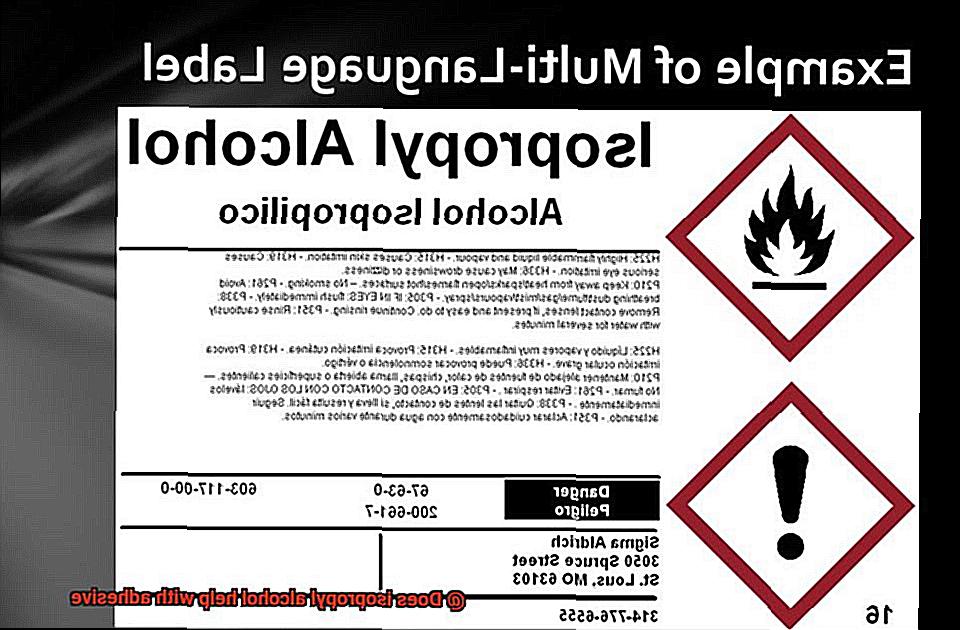
For particularly stubborn adhesive residue or multiple layers of adhesive, you may need to engage in a second round of combat. Apply more isopropyl alcohol and grant it a few minutes to work its magic before attempting another removal session.
Clean It Up:
With victory on your side, cleanse the surface with mild soap and water to eradicate any lingering traces of the alcohol. This final step ensures the prevention of potential damage or discoloration caused by extended contact with the solvent.
Preparing Surfaces Before Applying New Adhesives with Isopropyl Alcohol
I’m here to let you in on a little secret – isopropyl alcohol is your new best friend when it comes to preparing surfaces before applying new adhesives. This powerful solvent can help you achieve a clean and adhesive-friendly surface, ensuring a strong and long-lasting bond for all your glue-related endeavors.
So, let’s dive into the nitty-gritty of this process.
Step 1: Gather your supplies
Before you begin, make sure you have everything you need. Grab a bottle of isopropyl alcohol (preferably 70% concentration), a clean cloth or cotton pad, and some gloves to protect your hands.
Step 2: Test a small area
Before going full throttle with isopropyl alcohol, it’s always wise to test it on a small inconspicuous area of the surface you plan to clean. Some materials may react negatively to alcohol, so this step will save you from any unpleasant surprises.
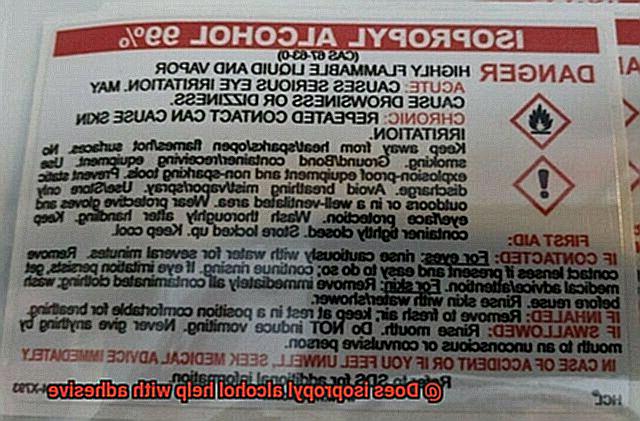
Step 3: Apply the isopropyl alcohol
Pour a small amount of isopropyl alcohol onto your cloth or cotton pad. You don’t need much – just enough to dampen it. Too much moisture can interfere with the adhesive’s performance, so be mindful of that.
Step 4: Wipe away the grime
Gently wipe the surface in a back-and-forth motion, applying slight pressure to remove any dirt, oils, or residue. Isopropyl alcohol works like magic, dissolving these contaminants and leaving the surface squeaky clean.
Step 5: Let it dry
Isopropyl alcohol evaporates quickly, but it’s still essential to give the surface some time to dry completely before applying your adhesive. A few minutes should do the trick.
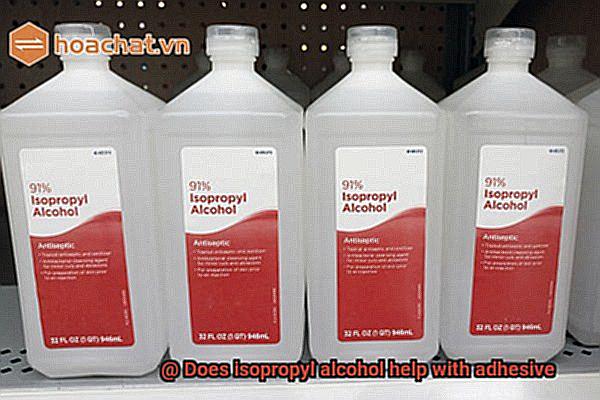
Step 6: Adhesive application
Now that your surface is clean and dry, you’re ready to apply your adhesive. Follow the instructions provided with the adhesive for the best results. Remember, a clean surface is the foundation for a strong bond, so you’re already one step ahead.
A few tips before you go:
- Isopropyl alcohol is suitable for various surfaces like plastics, metals, glass, and ceramics. However, always test a small area first to avoid any damage.
- Safety first. Isopropyl alcohol is flammable, so use it in a well-ventilated area and keep it away from open flames.
- If you’re dealing with particularly stubborn adhesives, you can let the isopropyl alcohol sit on the surface for a few minutes before wiping it away. This will give it some extra time to work its magic.
And there you have it – the ultimate guide to preparing surfaces before applying new adhesives with isopropyl alcohol. So go forth, fearless glue warriors, armed with this knowledge, and conquer those sticky situations with ease.
Isopropyl alcohol is commonly used as a surface preparation agent before applying new adhesives. It helps to clean the surface and remove any residue, dirt, or oils that may hinder the adhesive’s bond.
Before applying an adhesive, it is crucial to ensure that the surface is clean and free from contaminants. This is because adhesives adhere best to clean surfaces, allowing for a stronger bond between the adhesive and the substrate.
Isopropyl alcohol, also known as rubbing alcohol, is a versatile solvent that effectively removes oils, greases, and other contaminants from surfaces. It evaporates quickly, leaving behind a clean and dry surface that is ready for adhesive application.
Exercising Caution When Using Isopropyl Alcohol on Certain Surfaces
Exercising caution when using isopropyl alcohol on certain surfaces is crucial to avoid potential damage or discoloration. While this cleaning superhero can work wonders, it’s important to be mindful of its limitations and potential risks to ensure your materials stay pristine.
When it comes to wood surfaces, isopropyl alcohol can strip away the finish and leave behind unsightly discoloration. Certain types of plastic can also become brittle or discolored when exposed to isopropyl alcohol. To prevent these mishaps, it’s best to steer clear of using it on these sensitive materials.
On the other hand, metal surfaces generally fare well with isopropyl alcohol. However, caution should be exercised with delicate or painted metals, as the alcohol could cause damage or strip away the paint.
To ensure a successful project without any unfortunate accidents, here are some tips to keep in mind:
- Test it out: Before using isopropyl alcohol on any surface, test it in a hidden area to ensure it doesn’t have any adverse effects.
- Dilute wisely: When working with delicate items or sensitive surfaces like electronics, dilute the isopropyl alcohol or use a specialized cleaning product designed for those materials.
- Read the instructions: Always follow the manufacturer’s guidelines for using isopropyl alcohol on specific surfaces. They know best.
- Seek guidance: If you’re unsure about using isopropyl alcohol on a particular surface or adhesive, consult a professional or reach out to the manufacturer for expert advice.
The Limitations of Using Isopropyl Alcohol on Strong or Stubborn Adhesives
Adhesives are the unsung heroes of our everyday lives, holding things together and making our world stick. But what happens when it’s time to part ways? Enter isopropyl alcohol, the trusty companion that promises to dissolve and remove adhesives with ease. While it works like magic on many types of adhesives, there are limitations to its powers when it comes to strong or stubborn adhesives. In this blog post, we’ll explore why isopropyl alcohol may fall short in these cases and what alternative solutions you can turn to.
Chemical Composition:
Strong adhesives, such as epoxy or industrial-grade glues, are designed to withstand the test of time and have a high level of bonding strength. Their chemical composition makes them resistant to solvents like isopropyl alcohol. So, even though rubbing alcohol is effective on many adhesives, it may not be enough to break down the strong bonds of these stubborn glues.
Prolonged Wait Time:
Time is of the essence when it comes to removing stubborn adhesives. Unfortunately, strong adhesives often have a thicker consistency, making it harder for isopropyl alcohol to penetrate and dissolve their bonds. This means that you may need to wait longer for the solvent to work its magic, which can be frustrating if you’re in a hurry.
Resistance to Solvents:
Some strong adhesives have a high resistance to solvents in general. They scoff at the feeble attempts of isopropyl alcohol, refusing to budge even after prolonged exposure. In these cases, alternative methods such as heat or mechanical force may be necessary to break down the adhesive bonds and conquer their unwavering resistance.
Surface Sensitivity:
While isopropyl alcohol is generally safe to use on many surfaces, it can become a ruthless enemy to delicate or porous materials. Its touch leaves behind scars of damage and discoloration. Before using rubbing alcohol, it’s crucial to test a small, inconspicuous area to ensure that it won’t harm the surface you’re working on. Don’t let the desire to remove stubborn adhesives lead to regrettable consequences.
Conclusion
Isopropyl alcohol is indeed a helpful solution when it comes to dealing with adhesive.
Its chemical properties enable it to effectively dissolve and break down sticky substances, making it easier to remove them from surfaces. Not only does isopropyl alcohol work well on various types of adhesives, but it also leaves minimal residue behind.
With just a few drops of isopropyl alcohol and a cloth or cotton swab, you can effortlessly tackle adhesive-related challenges.

